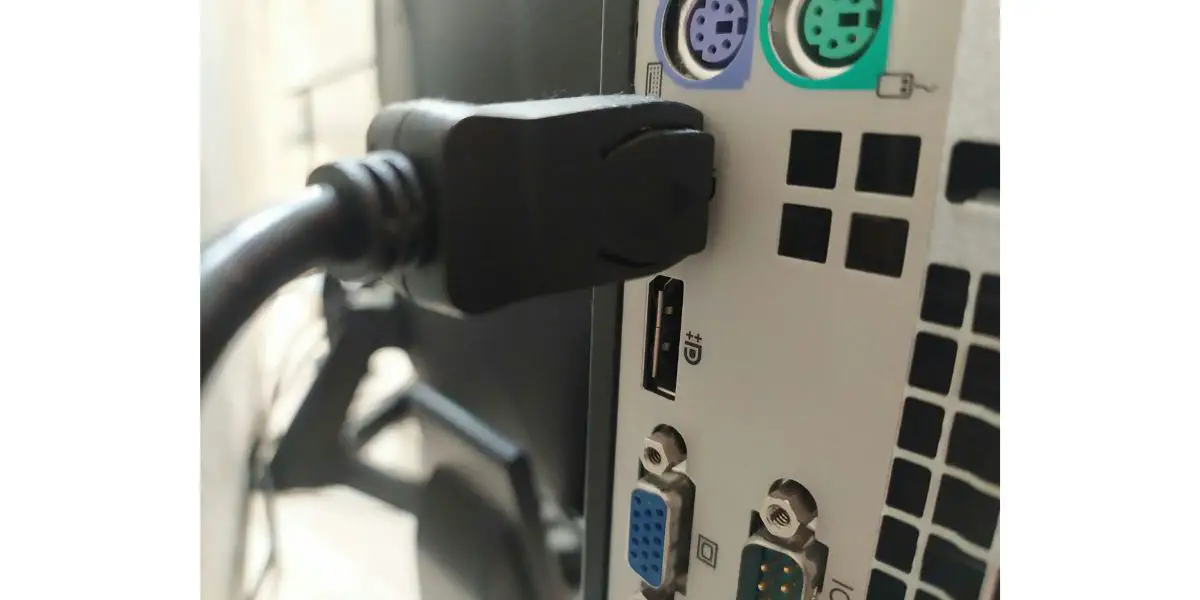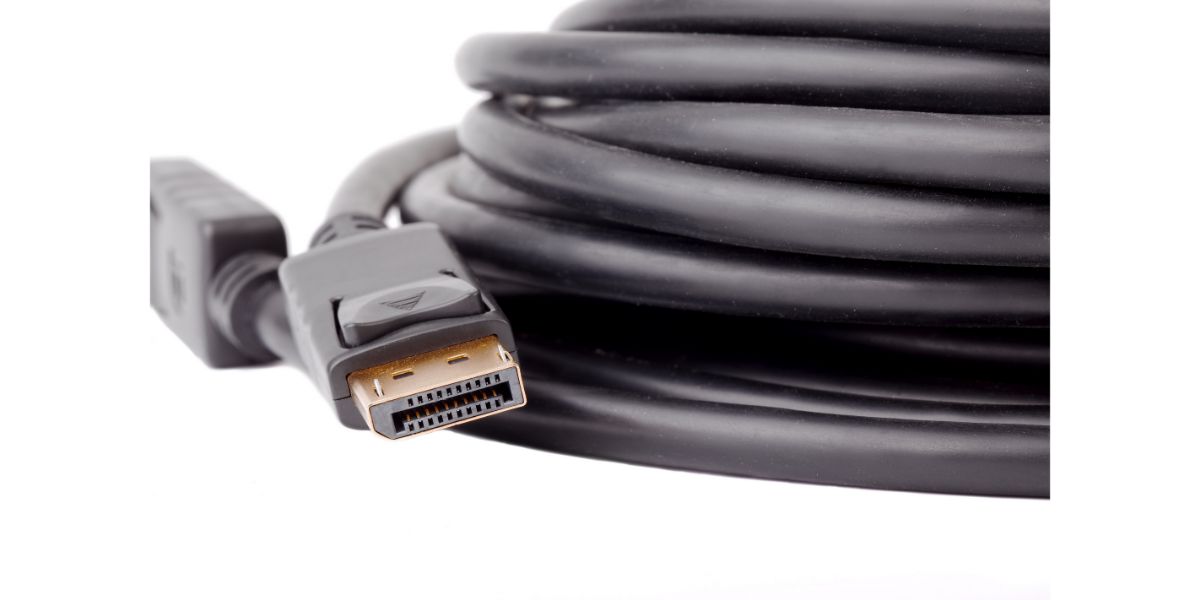Disclaimer: This post may contain affiliate links, meaning we get a small commission if you make a purchase through our links, at no cost to you. For more information, please visit our Disclaimer Page.
One of the most frustrating things about technology is when it stops working properly and it becomes necessary to find a solution. One common issue that computer users might encounter is that the DisplayPort output might not be working, even though the HDMI out works just fine.
This will only apply to PC users because Apple computers only use HDMI, Mini-DisplayPort, or Thunderbolt connectors to connect to screens. Let’s take a look at some of the common issues that can prevent DisplayPort from working that might not affect the HDMI port.
Table of Contents
6 Ways to fix DisplayPort Issues that might not affect HDMI port
1. System Reboot
It’s a common joke among IT professionals that 90% of tech support is asking, “have you tried turning it off and on again?” Part of the humor comes from how often the phrase is used, as a reboot often solves most computer-related problems.
- Turn off the computer and unplug it from power.
- Turn off the monitor and unplug it from power.
- Wait 30 seconds.
- Plug the monitor back in.
- Plug the computer back in.
- Turn the computer back on.
- Turn the monitor back on.
Although this solution often results in a working monitor, success is not guaranteed. If it doesn’t work for you, the next possible solution is to check your drivers.
2. Are The Correct Drivers Installed?
One of the most common causes of display issues is incorrectly installed or missing drivers, which will prevent the operating system from registering the output properly.
- Under Start Menu, click on Settings.
- Search for “Device Manager” and click on it.
- Click on “Monitors” and see if yours is listed.
- From here, you can either search for a newer driver or roll back to an older one if a recent update has caused the monitor to stop working.
Please note that there should be no issue with the driver for your video card since the HDMI port is working.
3. Check Projector Settings
If the first two troubleshooting techniques haven’t worked, the next possible solution is to plug in HDMI and DisplayPort cables to different monitors, if available. Then, press the Windows key and P until a screen on the right side appears.
From here, keep pressing the down button and waiting a few seconds. The screen should flicker or turn to black, but once you’ve found the right setting, it should come on and function normally.
The Windows + P menu is the “Presentation Display Mode” menu, which has options like “extended display”, “computer only”, and “projector only”. If your computer is set to “main display only”, the monitor connected with a DisplayPort cable won’t work.
4. Install the Latest Updates
If none of the above solutions have worked, the next step is ensuring that your Windows operating system is up to date. This is especially important if you haven’t updated in a while.
The first step is to use the start menu to access the Settings panel. If you’re using Windows 10, it’ll be under “Security and Updates”. For Windows 11 users, it’ll be on the main Settings page.
Although the updates may not appear to have anything at all to do with the DisplayPort settings on your computer, computers are complex pieces of equipment and an unrelated update could stop a video output to stop working.
5. Check the Monitor Input
Another thing that is often overlooked is the input setting on your monitor. If it’s set to HDMI, DVI, or anything that isn’t DisplayPort, you’ll get a “no signal” message or a black screen.
The actual buttons will depend on which monitor you’re using but for most, there should be an input button on the bottom of the screen. Pressing it once should bring up the list of inputs and you can check to see if it says “DP” or “Display Port”.
Unless, of course, you are using a DisplayPort to HDMI, DisplayPort to DVI, or another similar adapter. It should be set to whichever end is plugged into the back of the monitor. In this case, it needs to be set to either HDMI or DVI.
6. Check the Cable Itself
This solution is at the very bottom of the list of things to check because, if none of the above troubleshooting techniques has solved the problem, it’s very likely that the cable itself is broken or damaged.
If you have access to another Display Port cable, like one belonging to a friend or coworker, it might be easier to try using it before any other solutions. However, if you only have one and this step requires you to buy another one, it’s better off being used as a last resort.
The Bottom Line
These are a few of the best ways to fix a Display Port connection that won’t work, even though the HDMI output works just fine. These should solve the problem in 99% of cases and, if it doesn’t, it’s likely an issue with the monitor itself.
Solutions involving graphics card drivers are not included on this list because it’s assumed that the HDMI output works. Since a defective, improperly installed, or missing driver for a graphics card would probably affect the HDMI output, we can assume that the card itself is likely not an issue.
Good luck with your Display Port connection and hopefully these solutions will solve the problem!


